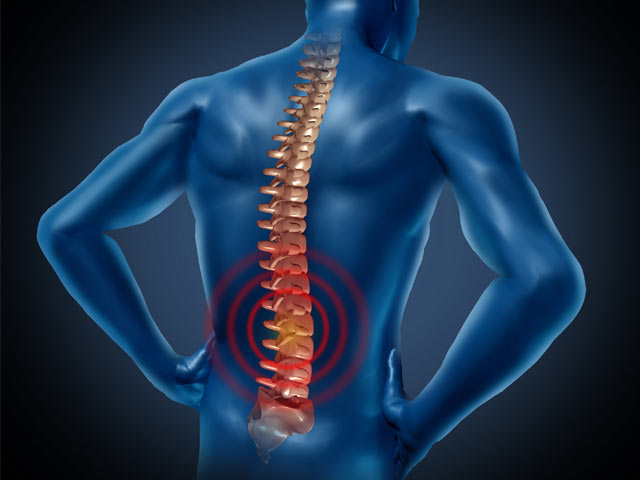Symptoms of ankylosing spondylitis (AS)
The symptoms of ankylosing spondylitis (AS) usually develop slowly over several months or years. The symptoms may come and go, and improve or get worse, over many years.
AS usually first starts to develop during the later teenage years or early adulthood.
The main symptoms of AS are described below, although you may not develop all of these if you have the condition.
Back pain and stiffness
Back pain and stiffness are usually the main symptoms of AS. You may find:
the pain gets better with exercise, but doesn’t improve or gets worse with rest
the pain and stiffness is worse in the morning and at night – you may wake up regularly during the night because of the pain
you have pain in the area around your buttocks
Arthritis
As well as causing symptoms in your back and spine, AS can also cause inflammation of the joints (arthritis) in other parts of your body, such as your hips and knees.
The main symptoms associated with arthritis are:
pain on moving the affected joint
tenderness when the affected joint is examined
swelling and warmth in the affected area
Enthesitis
Enthesitis is painful inflammation where a bone is joined to a tendon (a tough cord of tissue that connects muscles to bones) or a ligament (a band of tissue that connects bones to bones).
Common sites for enthesitis are:
at the top of the shin bone
behind the heel (Achilles tendon)
under the heel
where the ribs join the breast bone
If your ribs are affected, you may experience chest pain and find it difficult to expand your chest when breathing deeply.
Fatigue
Fatigue is a common symptom of untreated AS. It can make you feel tired and lacking in energy.
